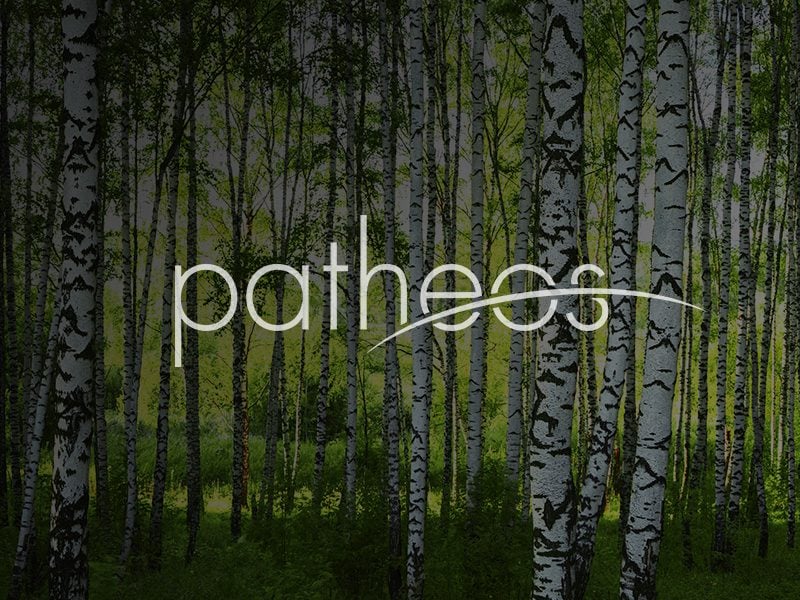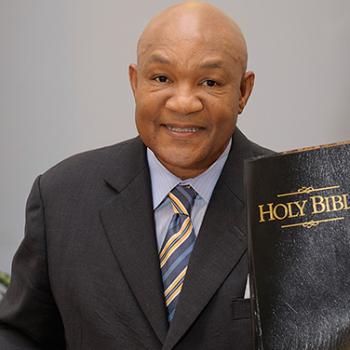Last updated on: September 7, 2017 at 12:03 am
By
Peter Leithart
LaCocque is irritating. He finds striking parallels between the Song and other biblical texts, but consistently says that the Song is undermining, subverting, reversing the other texts. Very few of these reversals begin to resemble actual reversals. Lamentations 4:1-8, for example, shares several terms with Song of Songs 5:6-10. Whereas Jeremiah is mourning the desolation of a bride, the poet (he thinks, the poetess , another annoyance) of the Song, however, uses the same terms positively. Therefore, the poet must... Read more



















